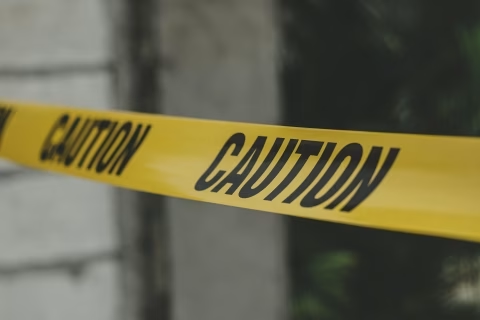Many things can go wrong in the construction industry. There are numerous possible situations which pose risks to the safety and health of construction workers. Dangerous conditions can have long-term and short-term consequences.
Here are some of the most dangerous construction health and safety issues you should be aware of.
1. Falls
Falls are dangerous and, unfortunately, common. Over one-third of jobsite fatalities are due to falls.
Many OSHA safety inspections are triggered by falls. Falls are by far the most common form of OSHA violation.
Many falls are due to oversights which can be prevented via vigilance. Holes in skylight areas and walking surfaces which are six feet or more above the lower level need to be protected by fall arrest systems, guardrails or covers, according to OSHA. Guardrail installation applies to ramps, runways and stairs six feet above the lower level as well. Enforcing and establishing guidelines like these can reduce fall risks.
2. Silica Dust Exposure
Exposure to silica dust can lead to silicosis, an incurable, potentially fatal lung disease.
Exposure to silica dust is often the result of inadequate safety measures, such as working without respirators, or using dry cutting methods instead of wet cutting methods.
Those who develop silicosis due to exposure to silica dust in the workplace may qualify for financial compensation by filing California silicosis lawsuits, according to injury law firm Nadrich Accident Injury Lawyers.
3. Moving Objects
About one in eight on-site incidents are the result of being struck by moving vehicles or objects.
Construction sites are constantly evolving environments. Objects are constantly moving around, commonly on uneven terrain. Overhead lifting equipment, heavy plant machinery and delivery vehicles pose hazards to site operators and workers. Sites need to be planned to manage pedestrian and plant interface where suitable segregation and physical barriers are in place.
Workers should:
- Not stand behind large operating plant machinery
- Not stand under suspended loads
- Avoid working in close proximity to moving objects
- Be careful of surroundings
- Always make sure they have banksmen to guide plant vehicles when maneuvering or reversing on public roads
- Always use personal protective equipment like hard hats and high visibility jackets
4. Getting Caught Between or In
Getting caught between heavy equipment and a wall or the ground, or getting caught in a piece of machinery, could lead to death or loss of limb. Jewelry or clothing can get caught in pulleys or conveyor systems. Unguarded trenches can collapse, leading to suffocation or crushing injuries.
Contractors need to train employees to stay aware of heavy equipment while it is being operated, and not wear loose clothing which can get caught in moving machinery. Workers need to stay clear of operation radii for devices like come-alongs, drive belts or fans.
5. Electricity
Electrical accidents are common at construction sites. Most of these accidents are the result of contact with underground or overhead power cables or electrical machinery/equipment.
It is common for strikes to services to occur in civil engineering. These strikes occur when excavation is done without properly checking the ground for services. These incidents can be avoided easily by using scanning equipment to scan areas, foresee possible services, and prevent strikes to services.

